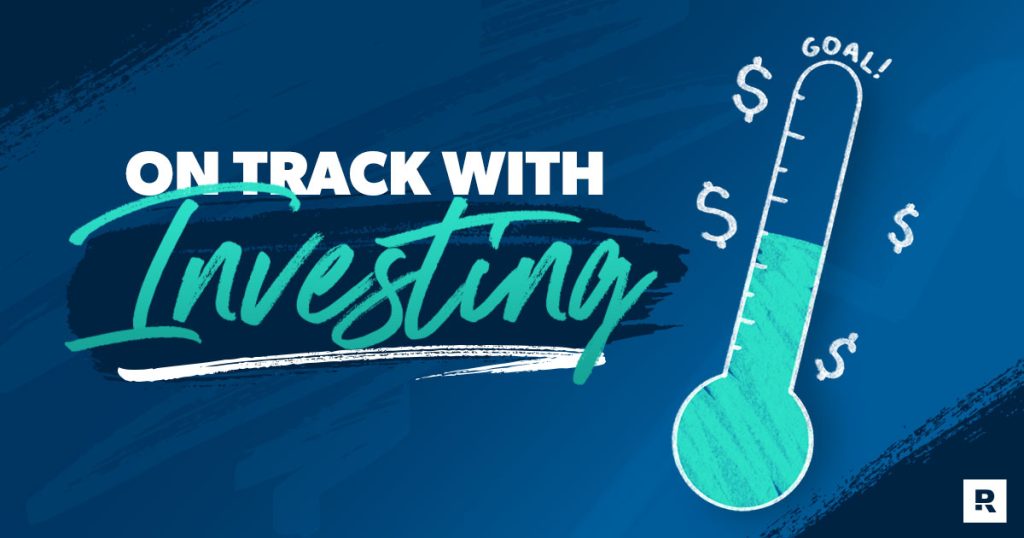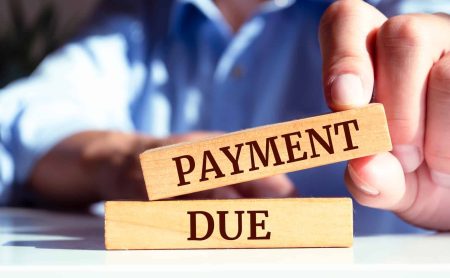It happens to most of us.
In the beginning, you’re excited about investing. You’re learning where to put your money, and as your accounts grow, you’re feeling good about your retirement.
Then, something happens. Maybe you get married, divorced or have a new baby. Or maybe you move to a new city and start a new career. Something happens apart from the original plan, and it knocks you off your investing tracks.
But, people, we want you to hear us on this: No matter how many times you lose focus on your retirement dreams, you can—and should—always come back. Let’s get you refocused on your investment portfolio today.
Here are six tips to take to help you get your head (and your money) back in the game.
1. Reconnect with your retirement dreams.
If you’ve lost the inspiration to save for retirement, maybe it’s time to revisit why you started to save in the first place. When you remember why you’re doing something, you’re more likely going to stick to it.
One of the best ways to do that is to keep your retirement dreams at the front of your mind. For example, if you dream of traveling the world during your golden years, put pictures of all the places you want to travel to on your fridge. Get creative with it!
But dreaming alone won’t get you to where you want to go. You need to connect your dreams to a number. Use the Investment Calculator to learn how much you can expect to have in retirement. You can do this!
2. Check in with your financial advisor.
Remember—investing isn’t a set-it-and-forget-it arrangement. You need to know where your money is going and how it’s performing. So, no matter where you are in your investing, schedule a sit-down with your financial advisor to review your retirement plan, including your investing portfolio. Make sure you understand how your contributions are allocated, any fees you’re being charged, and any changes your advisor might suggest to increase your progress toward your retirement goals.
What else should you ask your investing professional during this time? Consider these questions:
- Overall, how are my investments doing?
- Am I on track to reach my retirement goals? If not, what adjustments should I make?
- How can I improve my investing portfolio?
Now may also be a good time to turbocharge your investing by opening a Roth IRA. We love Roth IRAs because they’re funded with after-tax dollars. That means your retirement savings will grow tax-free and you won’t have to pay any taxes on the money you take out of your account in retirement. That’s what we’re talking about!
While your 401(k) fund options are usually limited to those within your company’s plan, a Roth IRA allows you to choose from thousands of mutual funds. When you meet with your financial advisor, they can help you choose investments for your Roth IRA that complement your 401(k) choices and make the most of your investing dollars.
3. Adjust your tax withholding.
If you tend to receive a large tax refund, you might need to adjust your withholding on your W-4 form.
Let’s say you typically receive a $2,400 tax refund. If you withheld less and invested that $200 every month for 15 years with a 10% return, you could end up with an extra $83,000 for retirement. Invested for 20 years, that money could jump up to $150,000 and some change! Lower your withholding so you don’t receive a large refund—just make sure you don’t end up owing a lot of money either.
Here’s the bottom line:
- Adjust your W-4 if necessary. It’s easy, and you can do it anytime. Better to do it now than wait for later. You’re just losing money in the process.
- Don’t absorb the extra money into your budget. In other words, put that money toward your investments if you can!
- Revisit your withholding amount if you get married or divorced, have a baby, or add a second job.
If you’re not sure how to estimate your tax withholding, look back at your tax returns for the past few years. If they’re consistent, you know how much to adjust. If all else fails, talk with a tax pro!
4. Look for savings in your budget.
Adjusting your tax withholding to bump up your investing portfolio is an easy way to boost your nest egg, but that’s not the only option for increasing your contributions.
Market chaos, inflation, your future—work with a pro to navigate this stuff.
Try to find money that’s slipping through the cracks in your budget. Maybe instead of going out to restaurants three or four times a week, trying cutting down to once a week. Or you could finally cut the cord once and for all—you probably don’t watch half of those channels anyway!
And this is one of my favorite ways to save: Review your current insurance policies or shop around for better insurance premiums. Some companies provide discounts if you pay the annual premium in full. Others offer discounts if you’ve completed a certified defensive driving course. Check with your current carrier to find out if you qualify.
And if you find a lower rate with a competitor, talk with your current provider. Tell them about the better deal you’ve been offered with another insurance carrier and ask if they can beat it. You might be surprised at their response!
Want to save more on your insurance review? Work with an insurance expert!
5. Keep a long-term perspective with your investments.
No one knows what the stock market will do from one day to the next. The last few years have been proof of that. But time has also shown that what goes down will come back up, including your investments.
Don’t move around investments just because the market dipped for a day or two—or even when it does a nose dive. That’s not always as easy as it sounds, so keep these tips in mind:
- You can’t outsmart the market by jumping from one investment to another.
- Stick with investments that have a solid history of growth.
- Contribute consistently and intentionally to your retirement savings plan.
You need to invest every month, even when the market is in a slump. In fact, if the market dips, you can think of those mutual funds as being on sale! We know it sounds backward, but trust us. You lose money when you keep changing your investments. Put your money in the mutual funds you prefer—and leave them alone.
6. Start investing now.
If you’re in your 40s or 50s (or even your 20s or 30s) and haven’t started investing yet, don’t freak out. You still have time, but you need to take action now! Every day you delay, you’re losing money. We’re serious about this! If you’re out of debt with 3–6 months of emergency funding saved up, start investing today. Do not pass go—do not collect $200.
We know you may feel embarrassed or scared, but you can’t let your emotions keep you from planning for your future and building wealth. Enjoying a secure retirement is worth the minor discomfort you might feel when you talk to an advisor for the first time. Your future is worth the time and effort—so get started!
Need help finding a financial advisor? Learn more about SmartVestor Pros in your area.
This article provides general guidelines about investing topics. Your situation may be unique. To discuss a plan for your situation, connect with a SmartVestor Pro. Ramsey Solutions is a paid, non-client promoter of participating Pros.
Read the full article here












